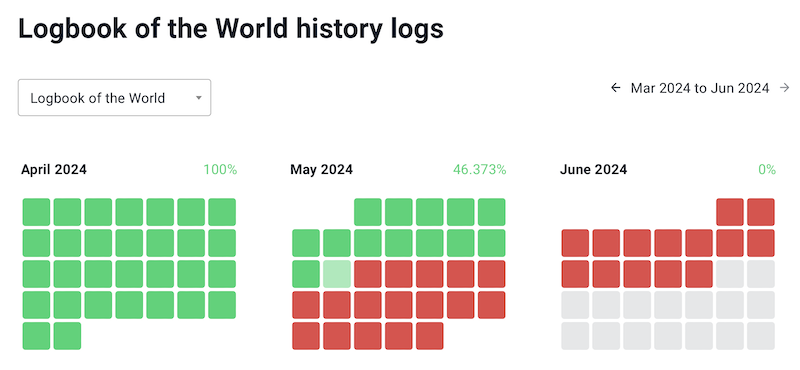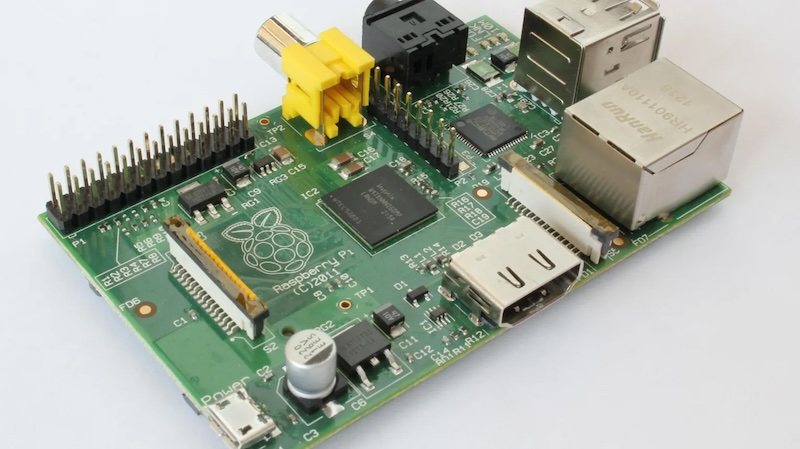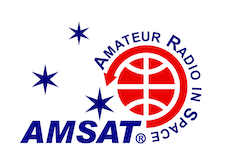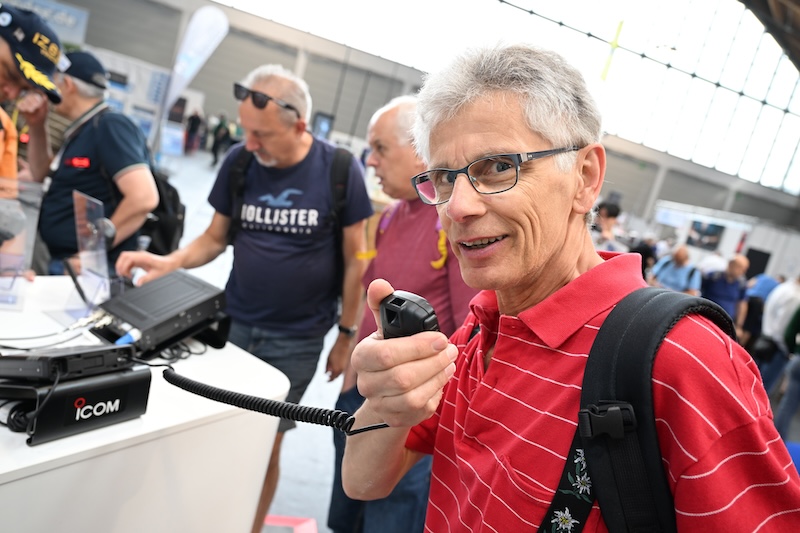Wayne Green was a radio amateur and entrepreneur born in the halcyon days of hobby radio. A veteran of the Second World War, he saw first hand the impact a glut of war surplus equipment had on the amateur service. Mechanical behemoth’s from the War Department soon filled basement radio shacks and RTTY became the hot new thing in hamdom. Wayne took an interest and soon began publishing a ‘newsletter’ directed at the growing crowd of new enthusiasts.
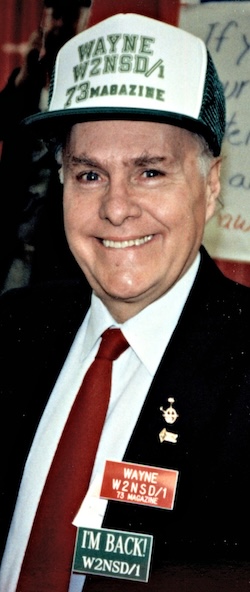
The success of his venture didn’t escape the attention of the publisher at CQ Magazine, an enterprise that had launched just before the ban on ham radio was lifted in the United States at the end of the war in 1945. And before long, Green found himself writing an RTTY column and moving up the ranks at the new publishing enterprise.
He learned the periodical business while at CQ, and by 1960, decided the time was right to launch his own publication, 73 magazine. 73 quickly became popular, as did ‘Uncle Wayne’ and for a season, 73 was the cutting edge ham radio journal of record. It promoted homebuilding, ham radio in space, FM and repeaters, and later, computers in the ham shack – long before the ancients running the other publications would even admit that ham radio was evolving.
Of course, the story doesn’t end there. His was a life filled with successes and failures - a frequent juxtaposition for most entrepreneurs. I entered the ham radio world during the mid-70’s when Wayne’s ham radio empire was beginning a slow decline. As forward thinking as he was during the previous decades, he seemed to have become frozen in 1975. The magazine continued to prosper, mostly because scandals at ARRL provided the yin to his yang and gave him reason to continue printing it.
Eventually, it morphed into the publication for ARRL antagonists and 73 became the anti-QST magazine. And as it turns out, you can almost make a successful business out of that.
Uncle Wayne’s editorials became epic in rant, length, and subject matter. ‘Never Say Die’, a backronym on his call sign, W2NSD, often exhausted 5,000 or more words in a single editorial - enough to fill a novel every twelve months. His monthly screed covered the amateur radio scene well enough, at least in the beginning, but later these were peppered with his personal views on race relations, conspiracy theories, politics, the economy, health and education - to name just a few.
Readers were of two minds on Wayne’s penchant for sharing his opinions. They loved it or they hated it, there was no middle ground. The effect was polarizing and I happily admit, I loved it.
You didn’t read a 73 editorial in a single session. It needed to be carried around all week and imbibed slowly, five paragraphs at a session. It caused me to actually think about the views espoused and was an order of magnitude deeper than the typical ham radio editorial detritus…
Another generation and W2NSD would have been a blogger. I often try to imagine how his views would be received in this century and I’ve not managed to imagine a scenario where he would have been well-liked in that effort. After all, we have dumbed things down considerably, especially our written discourses in order to accommodate the duration of an average bowel movement.
We tweet 140 characters as though bits were expensive commodities. Blog posts exist in 200 words, preferably less. Photos and videos are much more highly prized than thoughtful commentary - unless it can be consumed in a minute or less.
21st century humans suffer from attention disorders and deeply flawed attention spans. We don’t talk on the phone anymore, we send text messages. We don’t have conversations via ham radio anymore, we exchange signal reports and grid locators. I could go on, but if you haven’t got my point by now, you won’t.
I miss Uncle Wayne’s long editorials and I’d like to someday pontificate the way he did, though no one need call me El Supremo. I don’t possess his gravitas…
Wayne Green, W2NSD became a Silent Key on September 13, 2013. He was 91.

